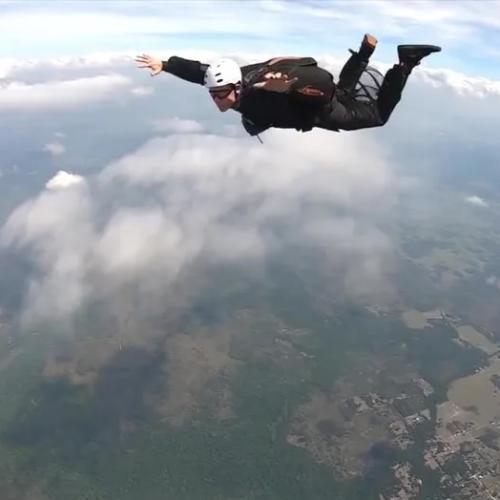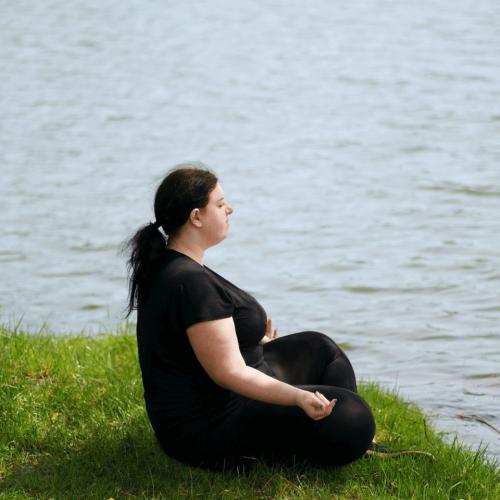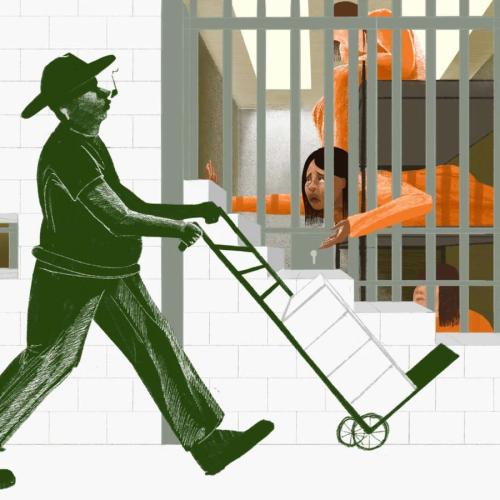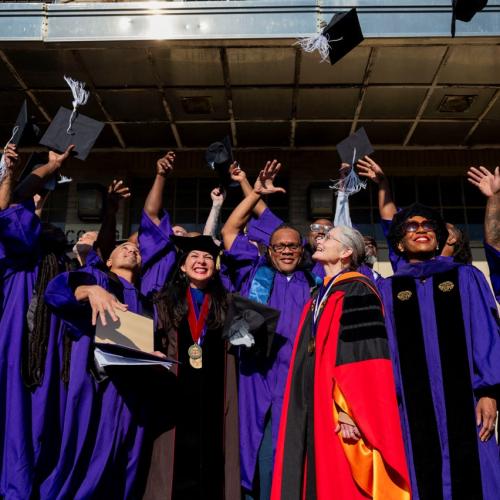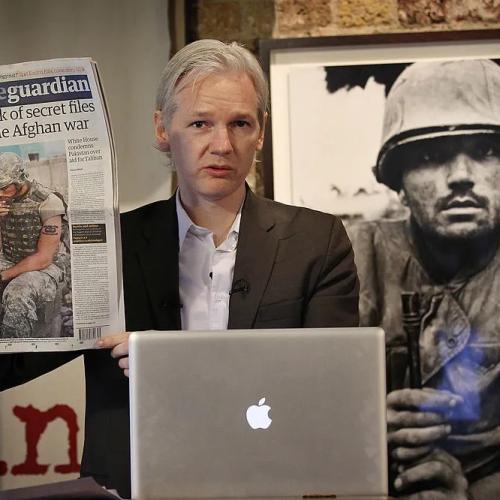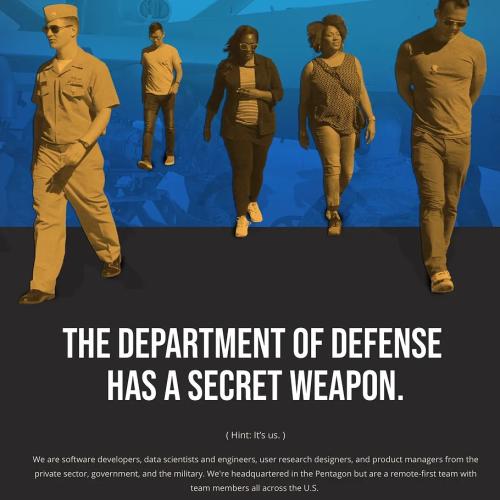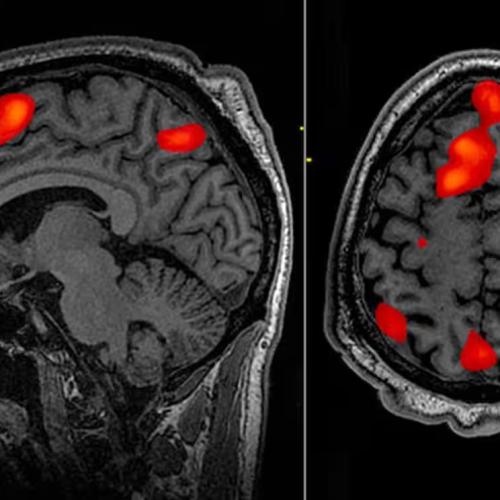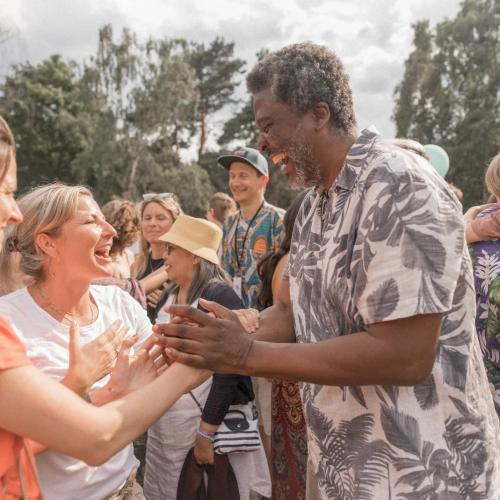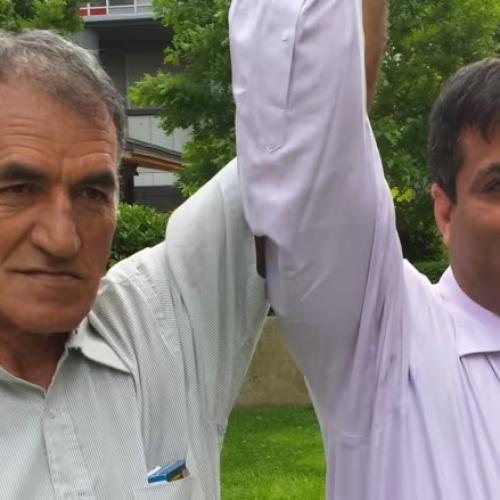Related Stories
Humour and healthcare: how medical clowns are making an impact
Key Excerpts from Article on Website of Kinder
Posted: August 8th, 2022
https://kinder.world/articles/solutions/humour-and-healthcar...
Robin Williams brought a lot of great characters to life on screen. But it’s his role as the titular character in the award nominated 1998 biographical film Patch Adams that helped bring attention to a (then) relatively young therapeutic field: medical clowning. In early 19th century France, a famous clown trio by the name of “the Fratellini Brothers” began visiting hospitalised children to improve their moods. It wasn’t until 1986 when the presence of professional clowns as members of hospital health care teams started. This happened when professional clown Michael Christensen of ‘Big Apple Circus’ founded ‘Big Apple Circus Clown Care’ in New York; a program with the aim of preparing professional clowns to use humour and clowning skills in visits to hospitals to assist in patient healing. By parodying the work of medical doctors, “clown doctors” made young patients less afraid of what the doctors were doing. These clowns were able to bring smiles and laughter to patients using their circus skills, tricks, and improvisation. Since [then], other clown care units have been formed across the United States ... and beyond. In 2020 there were at least 40 Healthcare Clowning Organisations operating in 21 countries in Europe. The aim of the medical clown goes beyond humour. Clown doctors have therapeutic relationships with patients and on top of reducing the negative effects associated with illness, medical clowns contribute to patients' well-being and help create a lighter atmosphere in the hospital.
Note: Explore a treasure trove of concise summaries of incredibly inspiring news articles which will inspire you to make a difference.
Related Stories
Top Inspiring News Articles
Top Inspiring News Articles from Years Past








